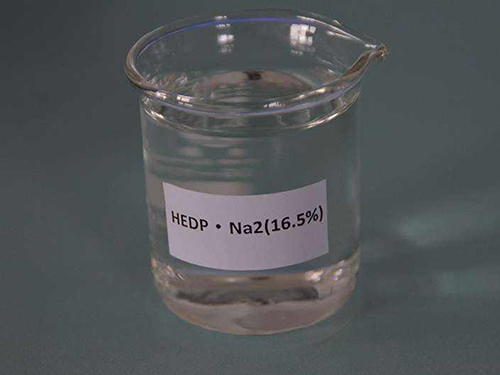polyaluminium chloride solution
Understanding Polyaluminium Chloride Solution A Comprehensive Overview
Polyaluminium chloride (PAC) is an inorganic chemical compound that plays a critical role in water treatment processes. This coagulant has gained popularity due to its effectiveness in purifying water in municipal and industrial applications. PAC is a polymeric aluminum salt, commonly used as a coagulant and flocculant, owing to its ability to destabilize suspended particles in water, causing them to clump together and settle out of the solution.
Composition and Properties
Polyaluminium chloride is composed of aluminum, chlorine, and oxygen atoms, and its formulation can vary, which leads to different molecular weights and degrees of polymerization. The basic chemical formula for PAC can be represented as Aln(OH)mCl3n-m, where n indicates the number of aluminum atoms, and m represents the hydroxyl groups. This complex structure allows PAC to be more effective than traditional aluminum sulfate (alum), especially in achieving better turbidity removal and minimizing sludge production.
PAC solutions typically have a pH range of 3.5 to 5.0, making them slightly acidic. When PAC is added to water, it hydrolyzes to form aluminum hydroxide, which is responsible for the coagulation process. This hydrolysis generates various species of aluminum that interact with impurities in the water, leading to the formation of larger particles, or flocs, which can then be removed through sedimentation or filtration.
Benefits of Using PAC
The use of polyaluminium chloride in water treatment processes offers several advantages
1. High Efficiency PAC is known for its efficient coagulation and flocculation properties, even at lower dosages compared to traditional coagulants. This efficiency results in lesser chemical usage and reduced overall costs.
polyaluminium chloride solution

2. Broad pH Range Unlike some traditional coagulants that require specific pH conditions, PAC is effective across a wider pH range, making it suitable for various water types, including surface water and wastewater.
3. Reduced Sludge Production PAC typically produces less sludge compared to aluminum sulfate, which simplifies sludge handling and disposal processes.
4. Improved Water Quality The use of PAC can lead to clearer water with reduced turbidity, improved color, and lower levels of pathogens and organic matter.
5. Versatility Beyond water treatment, PAC is also used in various industries, including paper manufacturing, pharmaceuticals, and cosmetics, highlighting its versatile chemical properties.
Applications in Water Treatment
In municipal water treatment facilities, PAC is utilized for drinking water purification, ensuring compliance with health and safety standards. In wastewater treatment, it helps in removing contaminants and pollutants, significantly contributing to environmental protection.
Conclusion
Polyaluminium chloride solution serves as a highly effective alternative to traditional coagulants in various applications, particularly in water treatment. Its chemical versatility, impressive performance, and economic advantages make it a preferred choice for many industries seeking to ensure high-quality water. As the global demand for clean water continues to grow, the role of PAC in advancing water treatment technologies will undoubtedly remain significant, promoting both public health and environmental sustainability.
-
Understanding Polycarboxylic Acids: Properties, Applications, and Future PotentialNewsJul.28,2025
-
Scale Inhibitor Explained: How to Protect Your System from Limescale and Hard Water DamageNewsJul.28,2025
-
Scale and Corrosion Inhibitors: Essential Chemicals for Industrial Water System ProtectionNewsJul.28,2025
-
Polyaspartic Acid: A Biodegradable Polymer for Sustainable ChemistryNewsJul.28,2025
-
Isothiazolinones: A Versatile Antimicrobial Class with Industrial Power and Regulatory ChallengesNewsJul.28,2025
-
A Deep Dive into 2-Phosphonobutane-1,2,4-Tricarboxylic Acid (PBTC)NewsJul.28,2025





